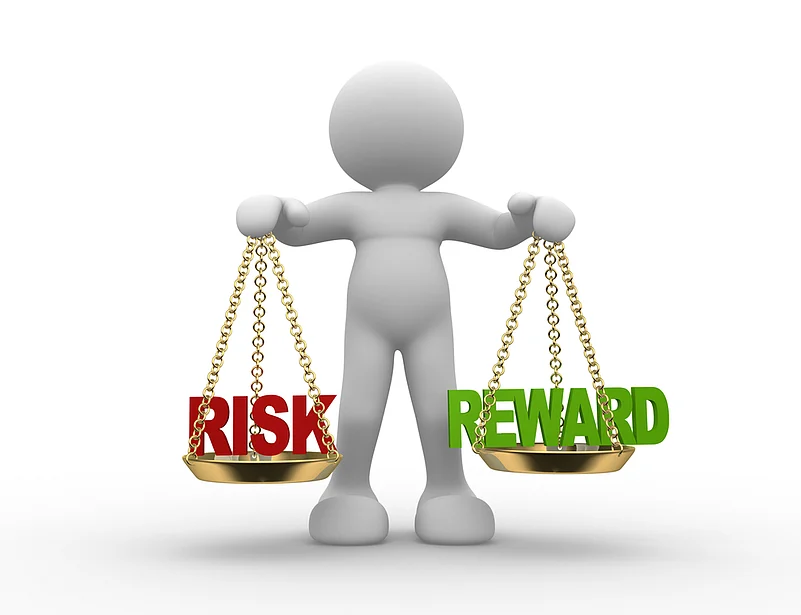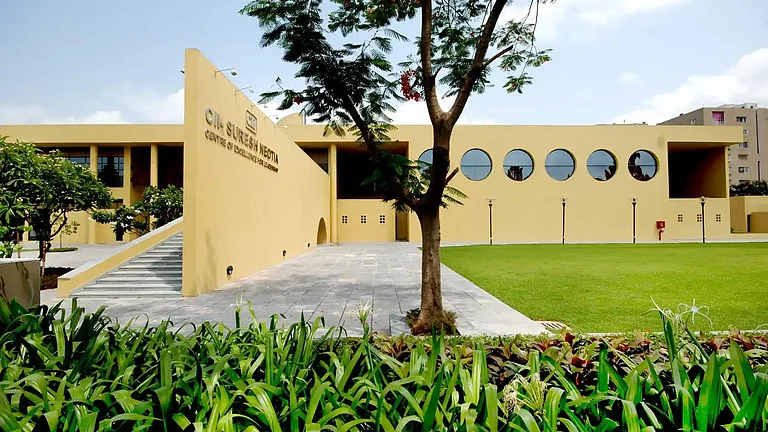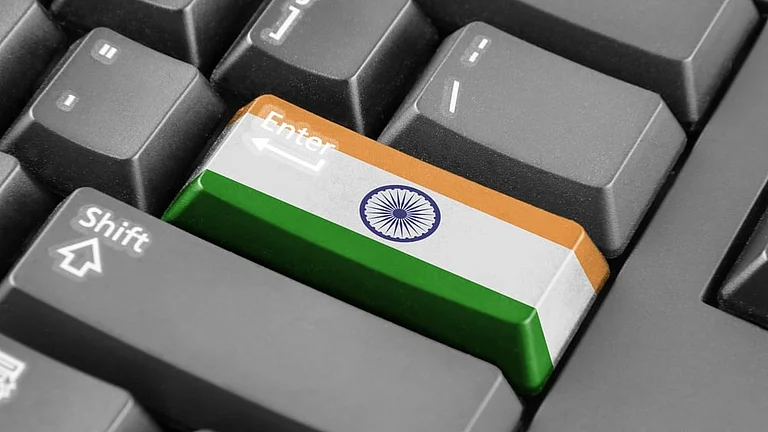With the second wave of the Coronavirus pandemic wreaking havoc on purchasing power and financial security across a large segment of the economic agents, there is a need for a greater credit consciousness and a heightened awareness of how much reward one is getting versus risk taken, Suyash Choudhary, Head – Fixed Income, IDFC AMC, said on Wednesday. He said that the sheer magnitude of the initial shock during the first wave of the pandemic justifiably triggered the need for safety in investments for many. However, the nature of the shock and the subsequent behaviour of lenders and companies ended up substantially rewarding the risk-taker during that phase.
Choudhary said that the credit market had approached the first wave of the pandemic last year with a certain amount of caution as the economic fallout was hard to predict given the unique nature of the shock. This, alongside recent specific events in the market, was justifiably weighing on risk perceptions even as spreads on offer were fairly lucrative.
As it turned out the right analytical construct for assessing the Covid shock was that of the ‘K’ shaped recovery, thus, for the larger and better-to-do companies and individuals, this was largely a stoppage in time without much impact to survivability. In fact, many companies actually succeeded in meaningfully deleveraging themselves and creating cash on the balance sheet. Financial institutions, as lenders to such companies, also benefited in their risk profiles even as many proactively raised additional capital to further buffer their balance sheets. Many individuals also emerged financially stronger from the first wave since there was an element of forced saving owing to the curtailment of activity.
“For the bottom half of the K, however, things became worse as economic survivability was called into question. Both firms and individuals here have much less financial flexibility and are prone to suffering the brunt of economic shocks given very thin safety buffers. While this constitutes a major welfare issue, there is the little immediately obvious impact from this in the kind of data that generally gets viewed from the cold prism of financial markets,” he said.
Choudhary added that investors who had ‘kept the faith’ last year have been rewarded handsomely as credit conservatism got heavily penalised. Now a more damaging second wave has hit the economy, but recent experience has been very reassuring for the market and hence there has been no pressure at all on credit spreads so far.
“The market has RBI’s proactive assurance that the central bank is battle-ready and is thus expecting loose financial conditions to continue for the foreseeable future. Embedded in recent memory also is the fact that there was a substantial price to pay last year for conservatism given the financial impact of the first wave as described above. The financial system looks largely robust, a point that we have noted since the end of last year as one of the tailwinds now for the Indian economy,” he said.
He added that when the investment narrative sounds very compulsive, risk perceptions are therefore that much weaker, and risks, even if assessed, seem too theoretical and far-fetched especially when seen in the light of concurrent experiences.
The current phase is marked by a meaningful compression in spreads reflecting these developments, continuation of highly accommodative financial conditions, as well as a global narrative that is overwhelmingly pro-cycle. In the midst of these, India’s second wave has (at least basic anecdotal evidence) wreaked havoc to purchasing power and financial security across a large swathe of economic agents, he added, while explaining that given the hangover from last year’s implications for conservatism, spreads on offer now are generally very low thereby tilting the scales towards a preference for quality. At the very least, this backdrop calls for greater credit consciousness and a heightened awareness of how much reward one is getting versus risk taken. These also need to be measured in the context of significantly elevated term spreads.






























